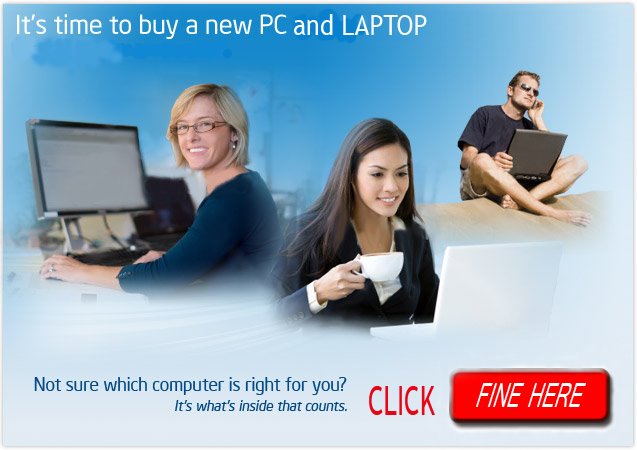By Mark Kyrnin, About.com
Filed In:
Looking to buy a new desktop personal computer system? This guide covers many of the basic items to examine when comparing desktop computer systems so that you can make an informed purchasing decision. Due to the changing nature of the PC Hardware industry, this guide will be periodically updated. Links are provided below each topic for a more detailed discussion on that subject.
Processors (CPUs)
Processor choices are a bit more difficult now then they were before. It is still really a choice between an AMD and an Intel processor. The difference really comes in how many cores there are in the processor and its relative speed. Each company now has a performance rating system that isn't really easy to compare. Due to the complexity, its best to refer to my links below for a more detailed explanation of CPUs for budget and uses.
Memory (RAM)
Most desktop computers now use a type of memory called DDR2. DDR3 is now finally making its way to PC systems but it is more expensive. In terms of amount, it is best to have at least 2GB of memory in the system and preferably 4GB. Memory speeds can impact performance as well. The faster the memory, the better the performance should be. When buying memory, try to buy as few DIMMs as possible to allow for future memory upgrades if needed.
Hard Drives
Hard drives really boil down to size and speed. The larger the drive and the faster, the better the performance and capacity. In a desktop, it is best to have at least 500GB or more of storage space these days. In terms of speed, they are pretty much all running at 7200rpm now. A few high performance 10,000rpm drives are available. Most drives use the Serial ATA interface now for ease of installation.
Optical Drives (CD/DVD/Blu-ray)
Most systems sold now feature DVD burners, even the budget systems. It is best to make sure that you get a multiformat DVD burner that can support both the +R/RW and -R/RW formats. Speeds should be 16x for the recordable speed. Dual or Double Layer media support is also a common feature although less likely to be used due to media cost. Options also include LightScribe or Labelflash support for burning labels directly to compatible media. Blu-ray is an option for those wanting to use their PC for the high definition video format.
Video Cards
Video card technology seems to change every three to six months. If you aren't really doing any 3D graphics at all, then integrated graphics may be just fine. Beyond this, there are a wide selection of cards. Things to consider include performance, the amount of memory on the card, output connectors and the version of Direct X supported. Those looking to do any gaming should really consider a Direct X 10 card with at least 512MB of memory onboard. Pretty much all new systems will use the PCI-Express graphics standard.
Extrenal Connectors
Many upgrades and peripherals to computers now connect through external interfaces instead of internal cards. Check to see how many and what type of external ports are available on the computer for use with future peripherals. Look for systems that have both USB 2.0 and IEEE 1394 or FireWire ports. It should have at least six USB 2.0 connectors and one FireWire ports. Many times media card readers that support various different flash memory cards for peripherals are also inlcluded.
Monitors
What good is a desktop PC unless it also has a monitor? Previously users would need to choose between a CRT or LCD monitor, but LCDs are pretty much the standard now because of their reduced size and power consumption. The real issue is more about size and cost of the LCDs. The price difference between 19-inch and 22-inch models make 22-inch the best overall value although 24-inch models are quickly dropping in price. Most all screens use the wider 16:10 format but some are now being released with a near 2:1 ratio best suited for movie watching.



